Improve Your Flute Technique
The best ways to improve your flute technique
Do you wish to play the flute better? Technique is the building blocks for any instrumentalist, and so as to increase proficiency and protect yourself from problems, a solid technique isn’t optional; it’s a necessity. As an element of our ‘Beginner’s Guide To Learning The Flute’ range, this short article will provide you with the starting, basic information you’ll need to start improving quickly.
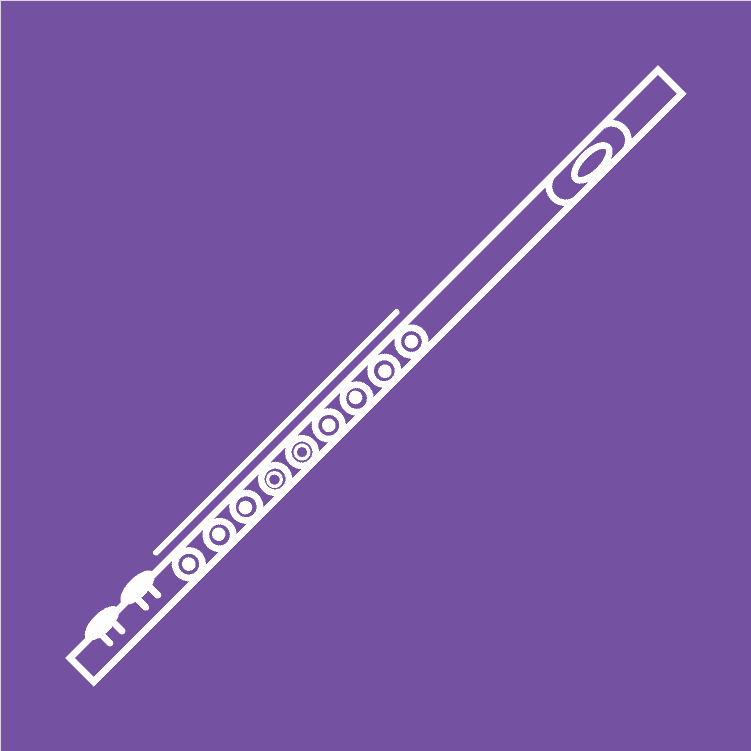
Daily Exercises
Many exercises are essential to gain a proper technique. Once you master these exercises, you’ll be able to play almost anything. That sounds like a grand statement – but don’t underestimate the word ‘master’!
If you work enough, you’ll be able to look at a section of music and be confident enough to learn it quickly. For each exercise, there is a specific way to practice it. Your practice is only as good as your form while you practice. So be disciplined about it, as practising exercises wrong is a complete waste of time!
Here are three different ways to improve your flute technique…
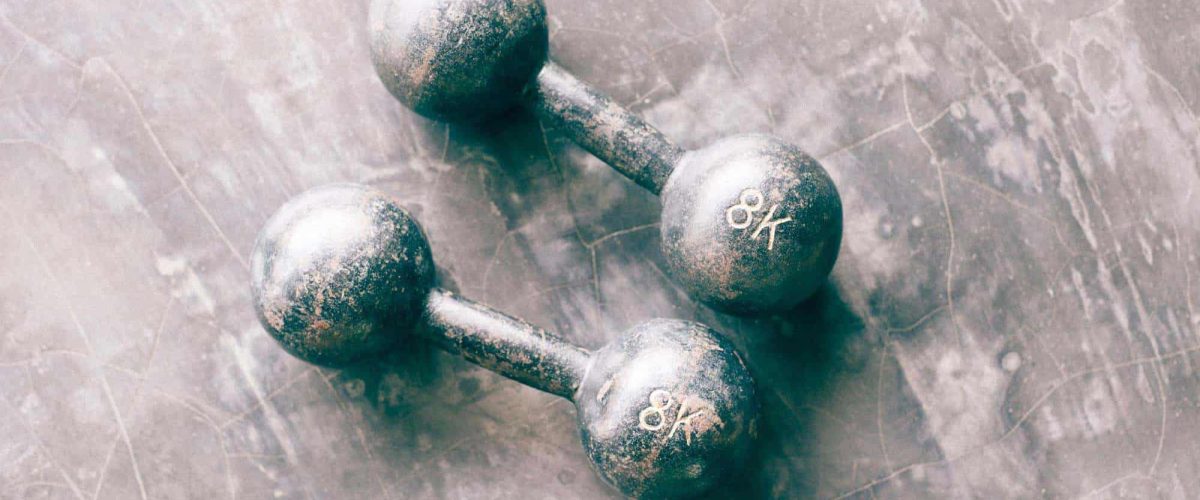
1. Tone Exercises
If you would love to have a beautiful clear tone on your flute then long note exercises will be your new best friend. Try starting on a note where you feel you can make your best possible sound, this will not be the same for every player. Often people will find B in the middle register is a good note. Use this as your base and then work your way down and up your range chromatically always starting from this note.
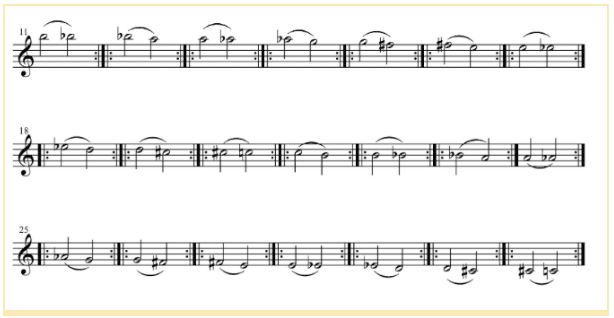
2. Lip Flexibility Exercises
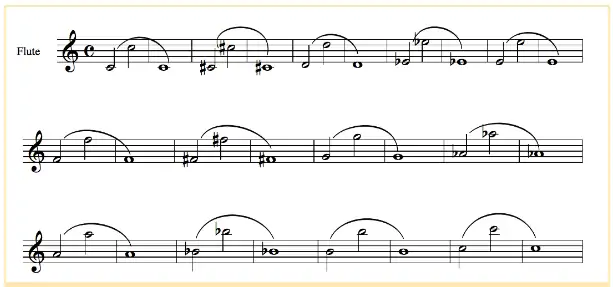
Lip Flexibility is very important on the flute as it helps us to play different octaves. Bring your bottom lip forward to direct the air you blow higher and your note will also sound higher. Bring your bottom lip back and your airstream will go down which will make low notes easier to pitch.
Slurred octave exercises like the one below are a great way to improve your lip flexibility. Try playing these loudly to start with and then for a bigger challenge try playing them softer. Listen carefully to check your octaves are in tune.
3. Scales and Finger Exercises
Scales are those things that all musicians love to hate. I remember hating learning scales for my music exams when I was younger. It was always a chore I had to complete before I could play the fun pieces. So what happens when a child becomes a professional musician? Why do they suddenly forget their hatred for scales and enforce it on their students?
Possibly because scales are the one thing that can make or break you as a flute player. Almost every piece of music is made up in parts, from a scale. So you may not realise it, but listening to music means listening to many different scales. That means playing music means playing many different scales. It really is that important.
By knowing your scales well, your muscle memory will instinctively know how to play fast runs without needing to spend hours practising it. As a flute player, this is very helpful as we are often asked to play fast, virtuosic music as soloists and in an orchestra.
Every piece is set in a ‘key’. Every key has a different number of sharps or flats, and to start with it can be tricky to remember all the configurations. Scales help with this; every scale is different BECAUSE of the sharps and flats, so once you know the scales, you should know the keys. This then gives you a sixth sense where you can feel your way around the flute, and know which notes are likely to be right, and which are likely to be wrong.
Have you ever seen someone sight-read a complicated piece and wondered ‘how did they do that?’ The answer is patterns. When reading music, we end up reading a series of patterns, not each individual note. It’s exactly the same reading this paragraph. Did you realise I swapped the G and A around in the middle of the word ‘paragraph’? Thought not!
Start off with these major scales. Try playing them whilst standing in front of a mirror so you can check that your fingers are staying close to the keys at all times.
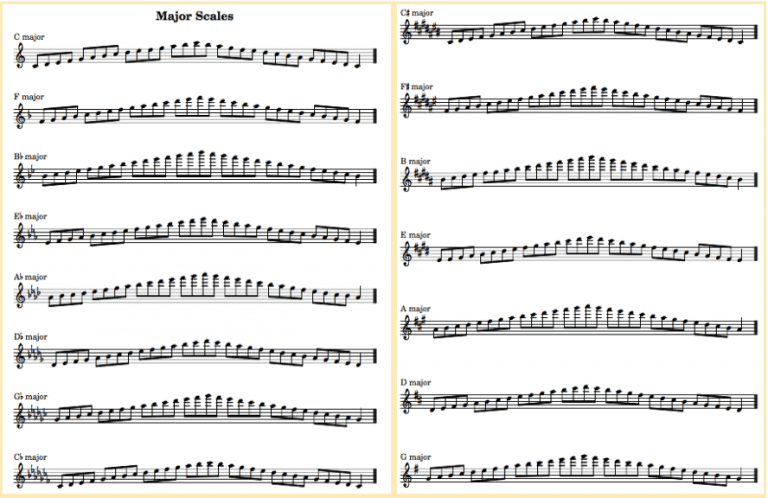
Bonus Tip...
Sight Reading
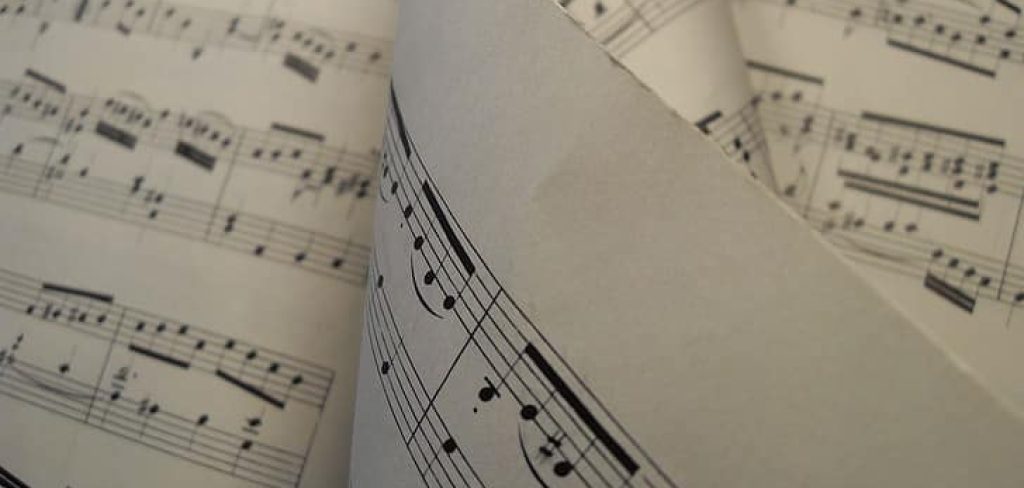
If you can, you should try and sight-read every time you practice.
When sight-reading, it’s advised that you read something just under your current playing level. This way, it’s a challenge, but not too much of a challenge…
Just don’t fall into the trap of reading something that’s too easy – your sight-reading won’t improve if everything is a walk in the park!
And I know this sounds obvious, but remember; for it to be sight-reading; it needs to be a piece of music you have never seen or practised before.
Improve Your Flute Technique - Summary
To be able to play the flute like a boss, you need to practice a lot. There is no shortcut in learning how to play any instrument. At the end of the day, it’s all about your hard work and determination to learn it and this will make you successful.
About the Author
Chloë Vincent
Chloë is a graduate of the Guildhall School and concert highlights include the BRIT awards with Billie Eilish, The Who at Wembley Stadium and performing for the Queen at Buckingham Palace. Chloë regularly records at studios such as Abbey Road, working for artists such as Kanye West, Madonna and Michael Kiwanuka as well as film sessions. Orchestral work covers tours of China and Japan and performing at the Musikverein in Vienna. Chloë lives in Oxfordshire with her trumpeter husband and enjoys cooking and playing board games in her spare time.
Twitter - @chloeflute
Other posts by this author
Twitter - @chloeflute
Gain Access To All Types Of Enjoyable Musical Stuff
Did you lose out last Friday? It only takes place once per week, and unless you’re enrolled, you’ll not learn about the spectacular things I’ve uncovered for you this week.
Every Friday, I’ll send a quick email in order to treat you to a number of the great things that I’ve recently found.
It could literally be about anything to do with music. It’ll end up in the email if I imagine you’ll think it’s great!
Being able to tour the whole world means I’ve experienced things I’d never imagine. And that’s what I’d like to share with you. So just click below to get access right now.
Read the next post in this series:




